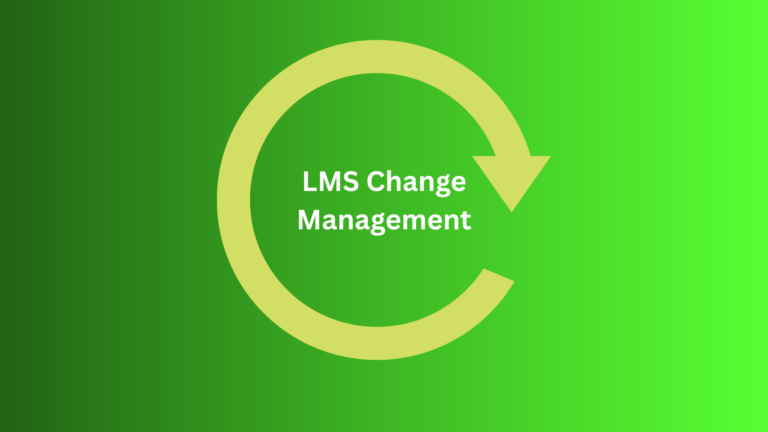Do you merely create courses without attempting to analyze their effectiveness and impact on your employees? If yes, then you should definitely give this a read. Determining your LMS metrics will help you understand what your employees are doing and learning. Also, it helps in determining your decisions as an organization and building a better learning and training program.
It also helps in establishing a learning environment for your employees. In this article, we will determine how you can deploy LMS metrics to create better training and learning programs:
What can you determine through your LMS metrics?
LMS metrics give you a chance to make better learning strategies. But what are the different strategies to look for? Let us see:
1. Learner activity and progress
You can see how the learner is doing with the help of their learning journey. By analyzing these metrics, you can determine how you can help in their learning path.

2. Department growth
You can also analyze your department’s growth with the help of LMS metrics. You can analyze where there is a learning gap and how to rectify it.
3. Course activity
You can analyze the progress of your course. You can see how many of the courses have been completed and what the engagement is.
4. Course effectiveness
With the help of LMS metrics, you can determine how effective your courses are. You can see how much time your audience is giving to a particular course.
5. Certificates and training
LMS metrics can help you determine which employees you need to give certificates to and if any certificates are pending. This makes your tracking process much easier.
These metrics provide you with an actionable plan for your training programs that will help in future endeavors. The deep analysis of your training program can help you determine the following things
- You can visualize your data better with the help of the reports
- You can view dashboards
- You can integrate API for data transfer
- You can analyze your employee’s performance deeply
Not only as an organization but analyzing the metrics also promotes a learning environment for your employees. When you have all the analysis regarding your courses, you can create better learning for your audience. There are multiple ways you can deploy this data and also what information to collect. But here are a few things that you may consider:
1. Learner search data
Analyzing the search data of the audience will help you identify where your audience is engaging the most and also where there are learning gaps. For instance, if your learners are searching for a particular topic, it might indicate that they find the course difficult. Hence, there is a need to modify the content for a better understanding.
2. Content engagement
This is a prominent reason why organizations are now leaning towards eLearning or learning through LMS. You can analyze the time a user spends on a particular course, which will help you build better resources. You can also determine what the best content format is that your users are engaging with. For instance, if a course with more videos is receiving better insights, it means your audience likes to learn more with videos. And is there any definite point wherein the users stop watching the video? This can also tell you what amendments you need to make to your content.
3. Course completion
Next up is analyzing how many people are completing your course and how many are subscribing to your LMS platform. I will tell you how often the users are accessing your course and how you need to build them for better engagement.

It is important to keep an eye on your LMS metrics to make the best learning program. You must seek opportunities to improve the courses and engage your audience in doing so. By knowing what to add to your courses you will be able to provide excellent resources to your audience.
As a result, the users will learn better and retain knowledge better.


